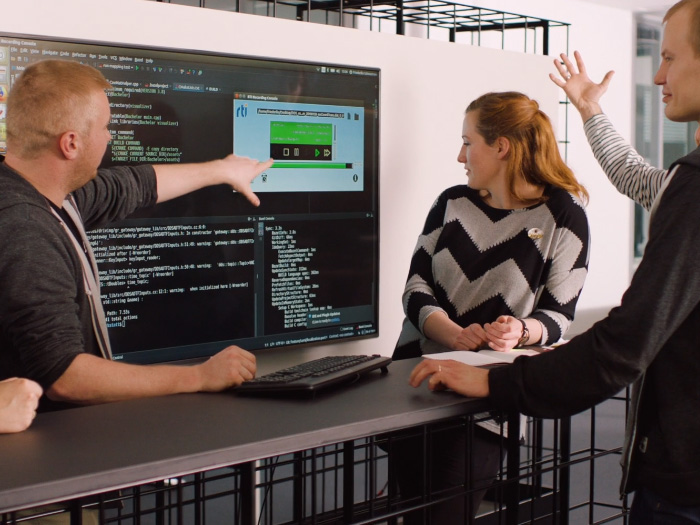AID: a vision of the future of autonomous driving
At Autonomous Intelligent Driving, a team of experts from 25 Countries is working to develop autonomous driving systems and bring them on the road by 2021.
Where will the autonomous future take us? Which challenges lie ahead? And which concrete results have already been achieved? AID (Autonomous Intelligent Driving) is a wholly owned subsidiary of Audi AG, founded in 2017. Based in Munich, Germany, it will become the centre of excellence for autonomous driving in urban areas for the entire Volkswagen Group. It is the place where the automotive and software sectors meet, in a privileged scenario which boasts the financial and technological strength of a car manufacturer and the fresh and innovative spirit of a start-up. The goal is well known, and it has a deadline: to bring fully autonomous driving on the roads by 2021.
Diversity: an added value for autonomous driving
Within the team, the automotive experts have wide-ranging and specific experience in design and in mechanical and electronic systems. The software experts, on the other hand, know how to create reliable softwares.
The variety of different educational, professional and cultural experiences represent an extremely valuable resource in developing autonomous driving: they allow for reflection and finding solutions starting out from completely different points of view, with an approach which is very different from the one normally adopted in the automotive field.
Virtual and on-road tests

For this reason, the AID team is made up of professionals hailing from 25 different countries. “We’ve been able to get the best experts in their respective fields here in the company. But we’ve achieved a lot in terms of technology, too: we have established a strong development system that allows developers to work efficiently” explains CEO Karlheinz Wurm. “We are going full steam ahead with our simulation environment in order to test our systems in a way that is scalable. And we are currently running trials with our first electric cars on testing tracks in the north of Munich”. Even though autonomous driving doesn’t necessarily require an electric drivetrain, Audi prefers to work towards environmental sustainability.
AID’s vision of the future is effective, stress-free mobility, but there are a lot of tasks on their to-do list before it can happen. The self-driving systems they are developing will be implemented in urban environments first of all: in the first city by 2021, and later in other cities, on highways, and then on rural roads.
The challenge of autonomous driving
Autonomous driving needs some time for its development to be completed. On the one hand, the technology must be optimised and the trust needs to be built up with the number of total miles driven; on the other hand, it must be clear what benefits it has to offer. In the meantime, Audi has already taken the first important steps. Its new A8 is the first series-production car in the world to support highly automated driving (level 3) in traffic jams.
Autonomous driving is a topic which is almost entirely still to be explored, with many answers still unknown, and even many questions that haven’t been asked yet. “The great thing about computer sciences is that people can work in areas that they enjoy and work towards a higher purpose”, Wurm adds. “At AID, we have the luxury of not just working, but of doing something truly meaningful: autonomous driving will have a positive influence on our future and our society”.
Source: AUDI Blog
